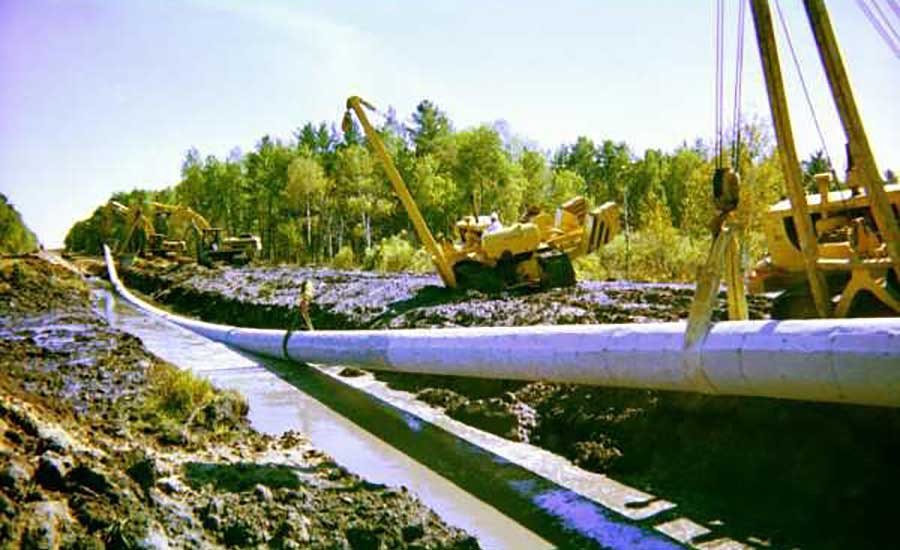President Trump has signed an executive order that directs federal agencies to accelerate environmental permitting for major infrastructure projects, setting a goal to complete federal environmental reviews, permits or other approvals within two years.
The directive, which Trump signed on Aug. 15, also revokes a January 2015 executive order signed by President Obama establishing a federal flood-risk standard to promote projects' resiliency.
Construction-industry groups welcomed Trump's new executive order, but environmental organizations strongly criticized it.
In announcing the environmental permitting order, Trump told reporters gathered at the Trump Tower in New York City, "This over-regulated permitting process is a massive self-inflicted wound on our country … denying our people much-needed investments in their community."
He said highway projects can require as many as 16 approvals from nine federal agencies under 29 laws. "One agency can stall a project for many, many years and even decades," Trump said.
The new executive order provides for one lead federal agency to oversee reviews for each project.
It also covers a wide range of project types, including surface transportation, aviation, ports, water resources, energy, pipelines, drinking water, wastewater treatments and broadband.
The directive defines "major infrastructure projects" as those that require multiple federal approvals and an environmental impact statement (EIS) under the National Environmental Policy Act. It does not set a minimum dollar amount for project size.
The two-year goal for approvals is an approximate average, with the clock starting on the publication date of a notice of intent to produce an EIS "or other benchmark deemed appropriate" by the Office of Management and Budget director.
Regarding the order's other important target, the federal government must finish all approval decisions for a project within 90 days after the lead agency issues a record of decision, which is the final step in the EIS process.
Addressing the two-year and 90-day timetables and the lead-agency provision, Nick Goldstein, American Road & Transportation Builders Association vice president for regulatory affairs, says, "These are good themes in terms of reducing delay in project delivery."
But Rhea Suh, Natural Resources Defense Council president, opposes the executive order. She said in a statement, "We can't afford to short-change our future by short-circuiting common-sense safeguards that protect clean water and air." Suh added, "Arbitrary decisions and artificial deadlines can lead to costly mistakes we'll all pay for down the line."
Industry groups, including the National Association of Home Builders and the Associated General Contractors of America, have been calling on the Trump administration to strike down the Obama floodplain order.
Jimmy Christianson, AGC regulatory counsel, says that 2015 directive complicated the process of determining how to factor climate-change impacts into a project. The Obama order laid out three ways to incorporate flood-risk management into projects and allowed federal agencies to come up with case-by-case approaches for specific projects, he adds, suggesting that, under the Obama order, "you're just adding a new layer of confusion and bureaucracy to existing problems."
But Alex Taurel, League of Conservation Voters deputy legislative director, said in a statement that canceling the floodplain directive "lets the government off the hook when it comes to constructing projects that should withstand flooding, putting lives at risk for the sake of speed over safety."
The American Society of Civil Engineers has suggested that "streamlined" permitting can help to reduce the U.S. infrastructure investment gap but is concerned about the provision canceling the Obama administration's flood-risk standard, ASCE President Norma Jean Mattei said in a statement.
Mattei added, "More than half of the U.S. population lives within 50 miles of a coast, and there has been continued development in floodplains, making [a federal standard] more important now than ever."
AGC Christianson observes that, even with the new deadline targets, "you're still going to face the threat of litigation." Under the Trump administration's new plan, the courts will determine whether the agencies' reviews comply with federal statutes. That litigation, of course, will take time.



Post a comment to this article
Report Abusive Comment